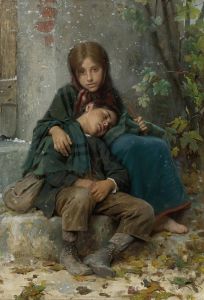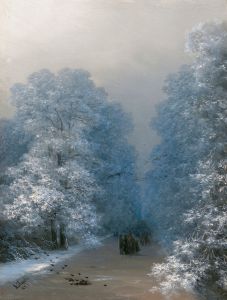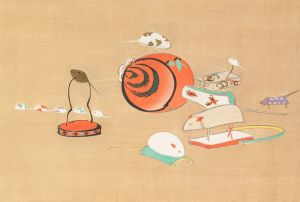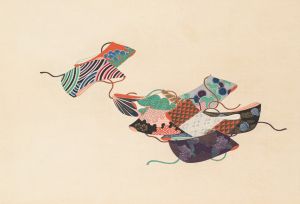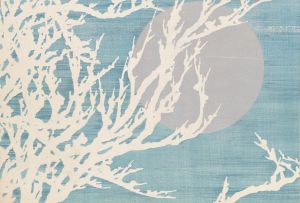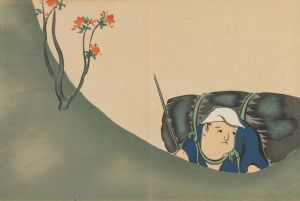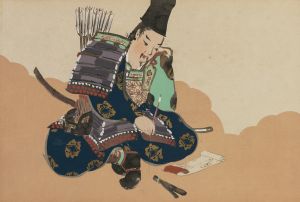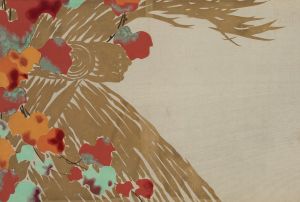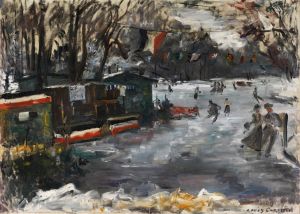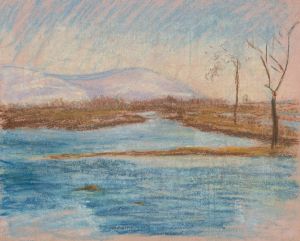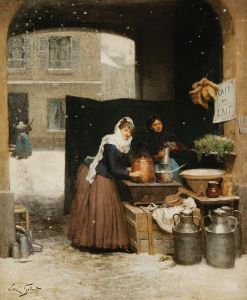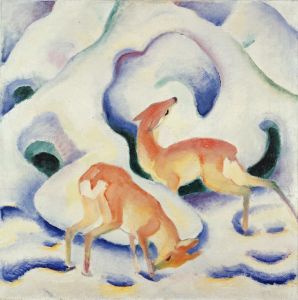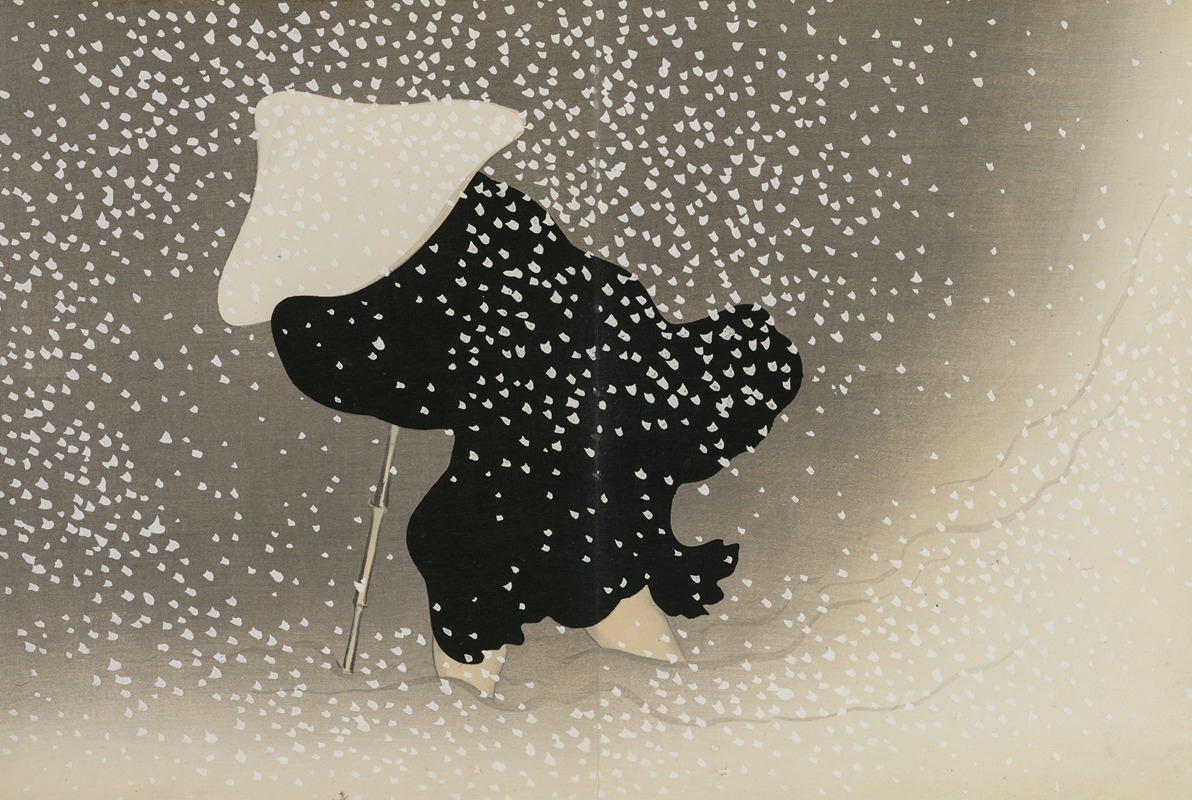
Swirling Snow
A hand-painted replica of Kamisaka Sekka’s masterpiece Swirling Snow, meticulously crafted by professional artists to capture the true essence of the original. Each piece is created with museum-quality canvas and rare mineral pigments, carefully painted by experienced artists with delicate brushstrokes and rich, layered colors to perfectly recreate the texture of the original artwork. Unlike machine-printed reproductions, this hand-painted version brings the painting to life, infused with the artist’s emotions and skill in every stroke. Whether for personal collection or home decoration, it instantly elevates the artistic atmosphere of any space.
Kamisaka Sekka (1866–1942) was a prominent Japanese artist and designer, widely regarded as one of the last great masters of the Rinpa school, a historical artistic movement that originated in the early 17th century. His works are celebrated for their innovative fusion of traditional Japanese aesthetics with modern influences, reflecting the cultural shifts of the Meiji and Taishō periods.
One of Sekka's notable works is Swirling Snow, a piece that exemplifies his mastery of design and his ability to reinterpret classical Japanese themes through a modern lens. Created during the early 20th century, this artwork is part of Sekka's broader exploration of nature as a central motif, a hallmark of the Rinpa tradition. The piece depicts swirling patterns of snow, rendered with a sense of movement and abstraction that captures the ephemeral beauty of winter.
Swirling Snow is characterized by its use of bold, simplified forms and a limited color palette, which are typical of Sekka's style. The composition emphasizes rhythm and harmony, with the swirling patterns evoking a sense of dynamic energy while maintaining a serene and meditative quality. This balance between movement and stillness reflects the influence of traditional Japanese aesthetics, particularly the concept of wabi-sabi, which finds beauty in impermanence and simplicity.
Sekka's work was deeply influenced by his travels to Europe in 1901, where he encountered Art Nouveau and other Western design movements. These experiences inspired him to integrate modern design principles into his art, resulting in a unique synthesis of East and West. In Swirling Snow, this influence can be seen in the stylized, almost abstract treatment of natural forms, which aligns with the decorative and functional aspects of Art Nouveau.
The medium of Swirling Snow is believed to be ink and color on paper, a traditional format in Japanese painting. Sekka often worked in a variety of media, including woodblock prints, lacquerware, and textiles, but his paintings remain among his most celebrated contributions to Japanese art. While specific details about the provenance and current location of Swirling Snow are not widely documented, it is representative of Sekka's broader body of work, which continues to be studied and admired for its innovative approach to traditional themes.
Kamisaka Sekka's legacy lies in his ability to bridge the past and the present, preserving the spirit of the Rinpa school while introducing new elements that resonated with the modern era. Swirling Snow stands as a testament to his artistic vision, blending timeless Japanese traditions with a forward-looking perspective.





